Do you have a question about the Intel D975XBX2 - Desktop Board Motherboard and is the answer not in the manual?
| Form Factor | ATX |
|---|---|
| Socket Type | LGA 775 |
| Memory Type | DDR2 |
| Memory Slots | 4 |
| Maximum Memory | 8 GB |
| PCIe x16 Slots | 2 |
| SATA Ports | 6 |
| IDE Ports | 1 |
| LAN | Gigabit Ethernet |
| Supported CPU | Intel Core 2 Quad, Core 2 Duo, Pentium D, Pentium 4 |
| Memory Standard | DDR2 800/667 MHz |
| PCI Express x1 Slots | 2 |
| PCI Slots | 2 |
| PATA Ports | 1 |
| USB Ports | 8 |
| Audio | 8-channel Intel High Definition Audio |
| RAID Support | RAID 0, 1, 5, 10 |
Describes who the TPS is for.
Lists chapters.
Explains symbols and abbreviations.
Explains different types of notes.
Provides a summary of the board's features.
Provides links to Intel's support website.
Lists supported Intel processors for the board.
Details supported DDR2 SDRAM DIMMs and configurations.
Describes the components of the 975X chipset.
Details the Marvell SATA controller and connectors.
Describes the different PCI Express slots and their capabilities.
Describes the FireWire ports.
Describes serial, parallel, and diskette interfaces.
Details the Intel High Definition audio subsystem.
Describes the Gigabit Ethernet controller and RJ-45 connector.
Covers fan control, thermal, and voltage monitoring.
Explains ACPI and hardware support for power states.
Describes the function of the board's power button.
Explains the purpose of the CPU and VR LEDs.
Describes the TPM for enhanced security.
Details addressable memory and memory map.
Lists DMA channels and their system resources.
Provides a map of fixed I/O addresses.
Lists PCI device configurations.
Describes IRQ assignments.
Explains interrupt sharing for PCI devices.
Describes back panel and component-side connectors.
Describes BIOS setup configuration jumper settings.
Covers form factor and I/O shield dimensions.
Details DC loading characteristics and power supply requirements.
Explains thermal protection and high temperature zones.
Provides MTBF prediction.
Lists environmental specifications.
Explains BIOS storage and basic functions.
Describes PCI autoconfiguration and IDE support.
Explains SMBIOS for system management.
Describes the watchdog timer for automatic recovery.
Explains USB support before OS drivers are loaded.
Details utilities for updating the BIOS.
Describes various boot device selections.
Describes supervisor and user passwords.
Describes the board speaker for audible codes.
Lists beep patterns for errors.
Lists common BIOS error messages.
Explains POST codes for diagnostics.
Lists safety, EU declaration, ecology, EMC regulations, and certifications.
Provides warnings and guidance on battery disposal.
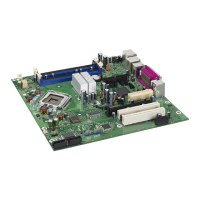
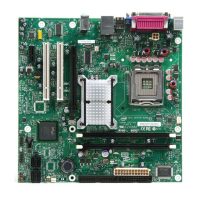
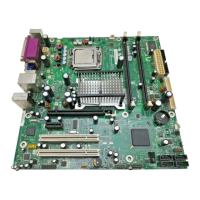
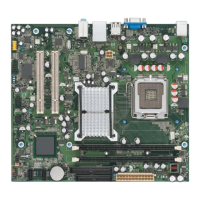
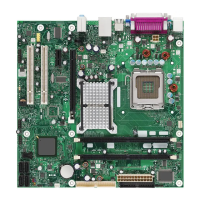


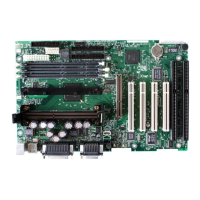



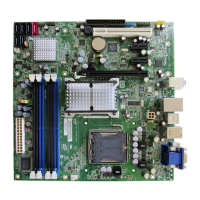
